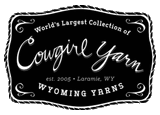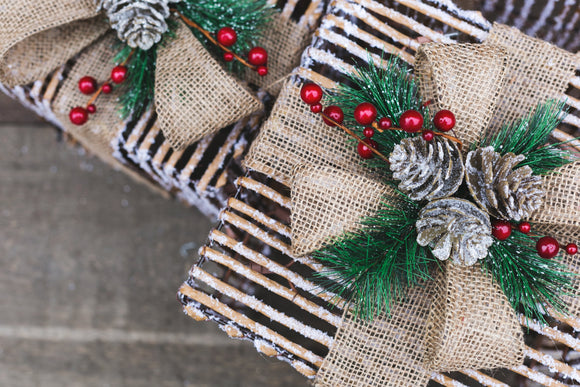
Guide To the Gauge Swatch
Maureen Johnson
Gauge swatch. The single most confusing, terrifying and groan inducing phrase in the knitter or crocheter’s vocabulary. While we get why this phrase brings on some resentment, it doesn’t have to. Swatching is your best friend in disguise.
One of the biggest aversions to swatching comes from simply not knowing where to start! We have put together a bit of a step by step to help you through this necessary process below.
- Check your pattern. What needles does it say you need? What yarn weight? What is the recommended gauge? Once you have found these things, highlight them and keep them nearby.
- Gather your materials. Get your yarn you selected, the needles the pattern suggested as well as one size smaller and one size larger than requested. Grab a measuring tape or a gauge ruler (we carry great ones from Ann Budd that are see through plastic that really help you find your stitches per inch).
- Now that you have your gear you are ready to cast on. The bigger the gauge swatch, the better. When I swatch I start with the recommended needle size and cast on 36 stitches. If that seems like a lot of stitches to you, most patterns measure gauge over 20 stitches so you’ll want at least that number of stitches to work with plus 4-6 stitches for a border.
- Knit 4-6 rows of garter stitch. This minimizes rolling and makes it easier to measure your swatch in the long run. Then knit 2-3 border stitches at the beginning and end of each row while maintaining stockinette (or the stitch pattern for the piece) for the rest of the swatch, meaning till the length matches the width. Then complete your border with 4-6 rows of garter stitch. Bind off. It should look like this when you are done.
- Block your swatch! You never want to measure your gauge from an unblocked swatch because it will change a lot after blocking. Give your little swatch a good soak in slightly warm water and a dash of wool wash. Then squeeze out the excess water.
- Lay your swatch flat on a blocking board and pin. Let your swatch air dry like this before you move on to the next step.
- When your swatch is dry, unpin it but leave it flat on the board. Take your measuring tape and measure out the amount of inches the pattern says to measure gauge over in the center of the swatch. You can pin the tape to your piece for easier counting if you wish. Sometimes, in case my swatch isn’t quite the width the pattern asked for, I will do the math and only count the stitches per inch. So if your pattern says 24 stitches per 4″ that means there should be 6 stitches per inch.
- Analyze your data! If you have completed your swatch and your measurements aren’t quite right, you have a couple of options. If there are more stitches per inch than your pattern calls for, size up a needle. If there are less stitches per inch than your pattern calls for, size down a needle.
When to Swatch:
- Sweaters, hats, mittens and other garments that need to fit
- Scarves, blankets when you don't mind if the finished size is a little larger or smaller than the pattern says
- When you are going to be knitting in the round for a project, swatch in the round. Use a smaller circumference like dpns or a small circular to make a small swatch.
- If you are going to knit a sweater but are tight on yarn, start a sleeve first. Treat the first half of the sleeve like a gauge swatch and measure from that.
- If you have a bounty of yarn, use the Elizabeth Zimmerman method and swatch in a full sized hat! You’ll figure out your gauge and you get a hat!
- Keep your swatches together in a binder or box with notes from the project. It is a great reminder of the things you have knit!
- Keep your swatches with your completed garments so you can use the yarn from them for later repairs or touch ups.




